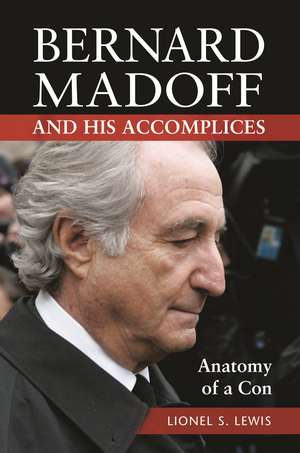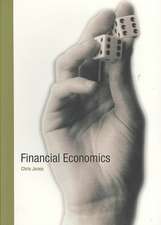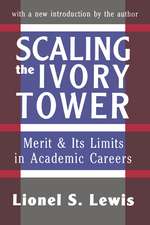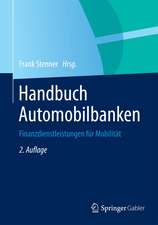Bernard Madoff and His Accomplices: Anatomy of a Con
Autor Lionel S. Lewisen Limba Engleză Hardback – 20 mar 2016 – vârsta până la 17 ani
Preț: 372.40 lei
Preț vechi: 484.51 lei
-23% Nou
Puncte Express: 559
Preț estimativ în valută:
71.26€ • 76.20$ • 59.41£
71.26€ • 76.20$ • 59.41£
Carte tipărită la comandă
Livrare economică 18 aprilie-02 mai
Preluare comenzi: 021 569.72.76
Specificații
ISBN-13: 9781440841934
ISBN-10: 1440841934
Pagini: 424
Dimensiuni: 156 x 235 x 33 mm
Greutate: 0.91 kg
Editura: Bloomsbury Publishing
Colecția Praeger
Locul publicării:New York, United States
ISBN-10: 1440841934
Pagini: 424
Dimensiuni: 156 x 235 x 33 mm
Greutate: 0.91 kg
Editura: Bloomsbury Publishing
Colecția Praeger
Locul publicării:New York, United States
Caracteristici
Takes readers backstage to see the intricate details of the "theatre production" of a con game-the playacting, performances, pretending, utilization of props, and false representations that are required to achieve a "standing ovation" (i.e., the total fleecing of the marks)
Notă biografică
Lionel S. Lewis, MA, PhD, is professor emeritus and former chair of sociology at State University of New York (SUNY) at Buffalo.
Recenzii
How can a Wall Street investment firm get away with operating a Ponzi scheme for at least 20 years, and possibly as long as 40 years, without detection? Lionel S. Lewis' book Bernard Madoff and His Accomplices provides insights about how the scheme operated, until its exposure in December 2008. Lewis allows the swindlers to speak in their own voices, relying on transcripts of their guilty pleas and 11,000 pages of testimony given under oath over the course of the 5 month trial of five confederates who pled not guilty. . . . How can this book be used in a classroom setting? Law students can read Bongiorno's forty pages of testimony and devise questions that would get her to admit that she knowingly participated in fraudulent activities with her colleagues. Similarly, students can read DiPascali's testimony, particularly how he creatively explained the legitimacy of BLMIS transactions, to develop questions that would generate a more truthful response. Another approach could be for students to develop client guidance for breaking employee silence that would result in prison terms for friendly co-workers. Lastly, students, as always, can debate whether the punishment fits the crime. . . . Lewis has provided an important service gathering these testimonies in one book. Now if only we could read transcripts of conversations between each of the fifteen guilty parties and their consciences.



















